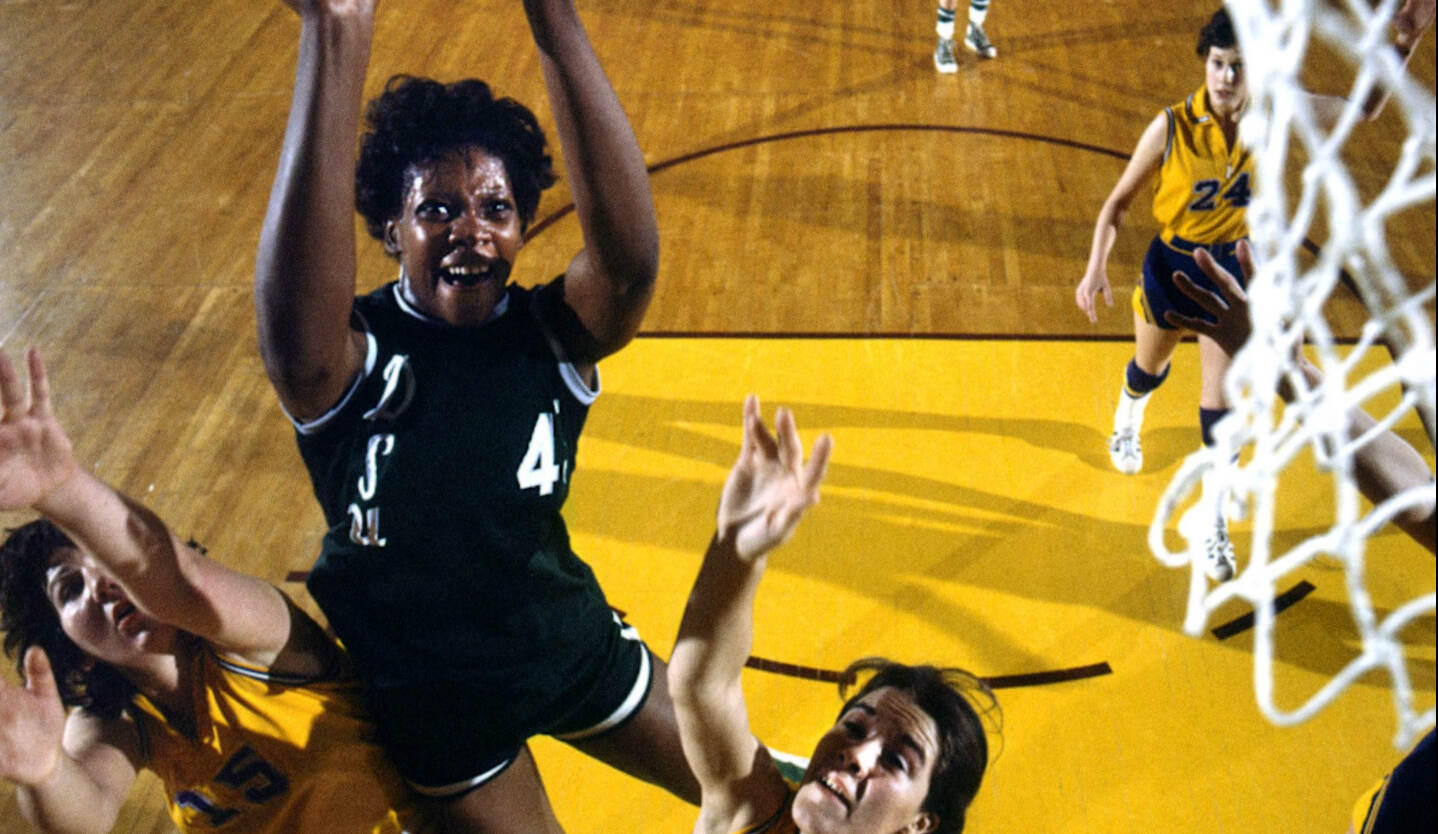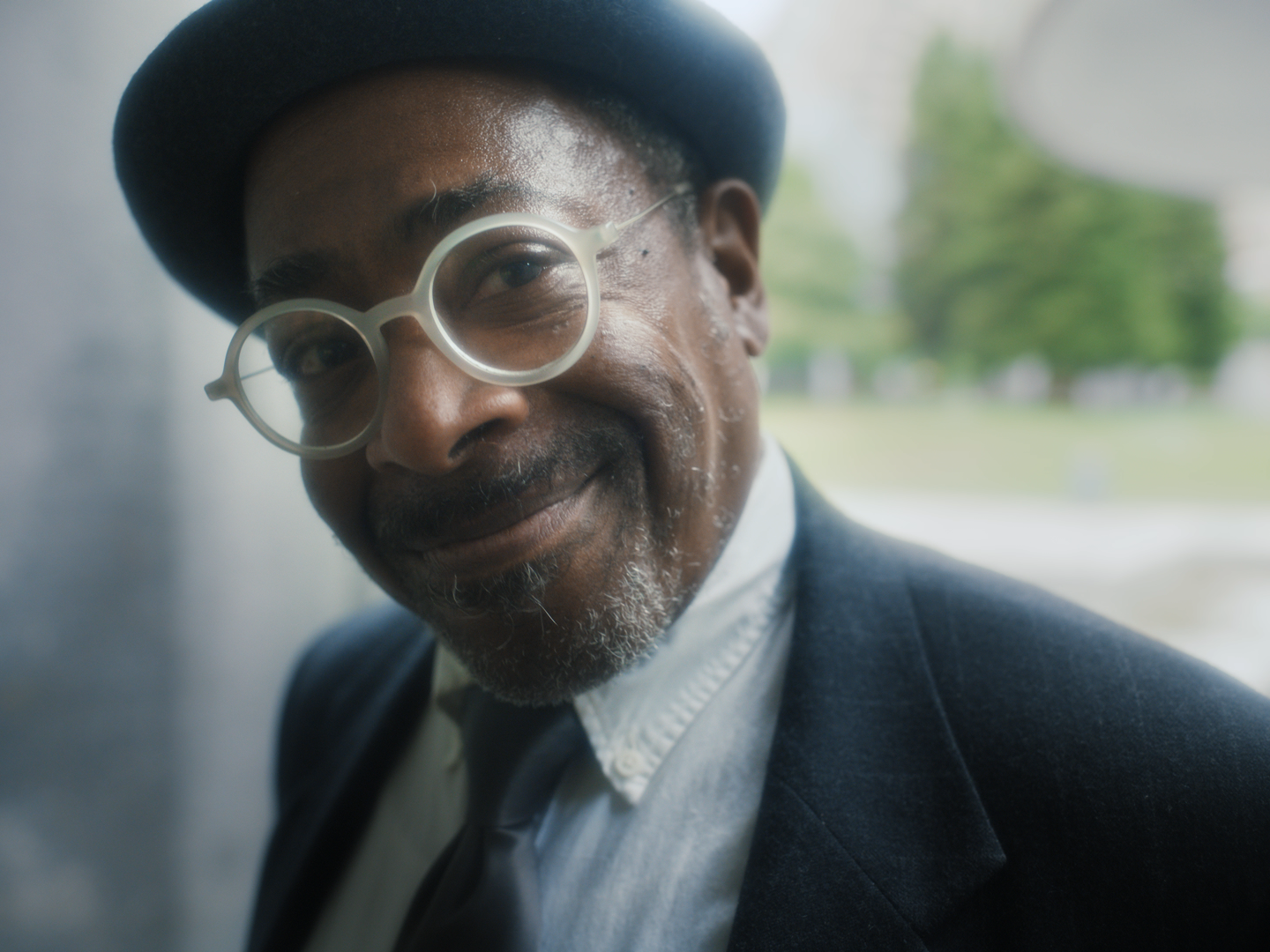
There’s been much talk in the documentary ecosystem over the past five years about “The Golden Age of Documentaries,” and short docs have enjoyed more visibility than ever. Over the past 20 years, the digital age has revolutionized how documentaries are made and distributed, and a proliferation of platforms launched over the past decade, such as Field of Vision, The Guardian, The New York Times OpDocs and The New Yorker Documentary, have further transformed how short form cinema thrives online.
When Ben Proudfoot, who won an Academy Award for Best Documentary Short this year for The Queen of Basketball, uploaded his first short doc, ink&paper, on Vimeo in 2011, he had no idea it would ignite his filmmaking career and lead to the conception of Breakwater Studios. ink&paper was picked up by a popular blog, then chosen as a Vimeo staff pick, and soon the film he made as a student at USC had over 100,000 views.
“I could just upload it on the Internet and, boom, “ Proudfoot recalls. “When has cinema ever been that direct?”
The movie industry is one of the most exclusive, and expensive, arts industries in the world. For most people, without substantial finances and connections, it can be impenetrable.
Short documentaries are a rarity in the film industry, arguably able to achieve tantamount impacts to a feature-length documentary, but at half the production time and cost. While a feature-length documentary may cost hundreds of thousands of dollars and take up to five years to finish, short documentaries are timely and can be produced about a pressing topic within a year.
Proudfoot describes short documentary filmmaking as cultivating “the most with the least”—a more affordable door into the world of cinema. “It has the lowest barrier of entry, which means it has the greatest opportunity for filmmakers from all over the world, from all kinds of diverse backgrounds to enter it because we don’t have this crazy high price tag.”
Regardless of a more accessible entry, filmmaking is expensive and most short doc filmmakers need a supplemental income in order to survive. For the last six years, Ash Goh Hua, a filmmaker originally from Singapore, has been making films like I’m Free Now, You Are Free, which follows the reunion of a mother and son after decades of state-sanctioned separation through incarceration. Only recently was Goh able to start being a full-time filmmaker, with support from ITVS’s Humanities Documentary Development Fellowship. Even with that support, financial security is fickle.
“I’m going to be good for six months,” Goh says. “But then after that, I don’t know. We’ll see.”
Though this is livable for Goh, they mentioned they don’t have kids to raise or other substantial financial obligations. Long term, it’s hard for indie short documentary filmmakers to feel financially secure.
Caitlin Mae Burke and Merrill Sterritt, co-directors of IF/Then Shorts, a program under Field of Vision that serves as a fund, career development and filmmaker advocacy initiative, address the financial insecurity of short documentary filmmakers, questioning who this “golden age” is actually for. “You have to have another income stream in order to continue making film work because you’re not even covering a portion of one side of the production,” Burke notes. “That sort of says, Who can do this as a career?”
Sterritt explains there are few opportunities for filmmakers to recoup the cost of making their films. “Until we pay people fairly, then it’s just saying this has to be your hobby, which isn’t fair,” Burke asserts.
Proudfoot’s studio Breakwater Studios is dedicated entirely to the short form, its homepage declaring the company “Home of the Short Doc.” But Proudfoot says, “For many years, it was just a one-room operation barely paying rent.”
By partnering with brands looking to advertise, Breakwater Studios has been able to grow into a profitable multimillion dollar company with 16 full-time staff, Proudfoot says. So far, this model has allowed for Proudfoot to finance his own directed or co-directed films. Proudfoot’s latest project, in partnership with digital consultancy Publicis Sapient, Impact Films, is a three-part short doc series that explores the positive impact of technology on societal issues. Proudfoot hopes the company, which turned 10 this year, will expand to support other filmmakers throughout the next decade.
According to Burke, short documentaries are often seen as the “minor leagues” —a stepping stone that budding filmmakers take as a rite of passage to transcend to feature documentaries. This misconception, Burke explains, is fueled by programs and funding opportunities for short documentaries that are limited only to emerging filmmakers.
The vast difference in funding opportunities for short documentaries versus feature-length films alone speaks to the value in which the world engages with these different mediums.
“There’s definitely a lot more funding available to feature opportunities,” Goh says. “That in itself creates this cultural assumption within the industry that features are more of an end goal than shorts.” For some stories, shorts are the perfect form. They offer the opportunity to be artistically adventurous with the filmmaker's aesthetic and craft.
To counter what Burke describes as an industry with “fiercely competitive” funding opportunities, she advises filmmakers to explore potential pockets of untapped money, finding niche and unique funders—like a regional art budget or related nonprofits—to help fund projects.
Though there are fewer funding opportunities for short docs, Proudfoot sees the short documentary sphere being less populated as a strength for sourcing funding. Proudfoot describes the limited funding opportunities for short doc filmmakers as a “double-edged sword.”
Unlike feature documentaries, there aren’t hardcore capitalists with money-hungry agendas pumping out short, sensationalized documentaries on celebrity drama and true crime. Instead, short documentaries are created out of passion.
“You’re not getting any short documentaries that are designed to suck up people’s time or make money, which the rest of cinema is totally clogged with, especially documentary,” Proudfoot notes, referring to the business model of streaming services.
Proudfoot describes short documentaries as a “cup of coffee” medium, allowing cinema to breach into a new market. Rather than coming home and watching a film to decompress, short documentaries, many of which live on journalism outlets like The New York Times or The New Yorker, are often viewed in the morning while checking the news, Proudfoot says.
 With people’s increasingly busy lifestyles, short documentaries' ability to create impact, like Whitney Skauge’s short doc for Breakwater Studios, The Beauty President, which tells the historical and heartwarming story of Terence Alan Smith who, during the height of the AIDs pandemic, was the first drag queen to run for president, is powerful. This concision revolutionizes the way that we receive, interact and share documentaries and our takeaways from them.
With people’s increasingly busy lifestyles, short documentaries' ability to create impact, like Whitney Skauge’s short doc for Breakwater Studios, The Beauty President, which tells the historical and heartwarming story of Terence Alan Smith who, during the height of the AIDs pandemic, was the first drag queen to run for president, is powerful. This concision revolutionizes the way that we receive, interact and share documentaries and our takeaways from them.
The short doc form thrives in the digital age, allowing short documentaries to be shared globally through messaging like WhatsApp. People are more likely to watch the entirety of a short documentary on their phone, Sterritt says, rather than watch the entirety of a feature-length documentary.
“You can communicate a feeling or a point in 10 to 15 minutes, and someone can send that in an email, or share it with their friends or their family,” Sterritt said. “It can be viewed so many times in that way.”
Goh expanded on this, explaining short documentaries have the power to cultivate conversation and education around docs. “It’s a lot easier to screen a 10-20-minute short doc and then talk about it—As opposed to a feature film screening and then try to have some kind of conversation around it,” they say.
Even if there is a long way to go in order to establish security and respect for the medium and its filmmakers, the future of short documentaries looks promising. To contest the adversity,
Sterritt advises getting a producer who is creative with funding. Goh, who is a member of filmmaker collectives A-Doc and Brown Girls Doc Mafia, stresses the importance of collaborating with others and word-of-mouth opportunities. Proudfoot advises those who are passionate about filmmaking and lacking resources to try short docs.
In an industry where films are often constrained by the rigidity of streaming services, short documentaries empower filmmakers with creative freedom—allowing for experimentation, passion, and novelty in an oversaturated medium. The exponentially evolving digital age only grows the scope of short documentaries.
“We’re at the very beginning of a very big and beautiful future that will unfold over the coming decades,” Proudfoot asserts. “The Internet is going to transform it. I don’t think we’re at the Golden Age, I think we’re at the very beginning of a very big and beautiful future that will unfold over the coming decades.”
Kelsey Brown just completed an editorial internship with Documentary magazine. She is a senior at Cal State Long Beach, where she is pursuing her bachelor’s in journalism with a minor in international studies.




